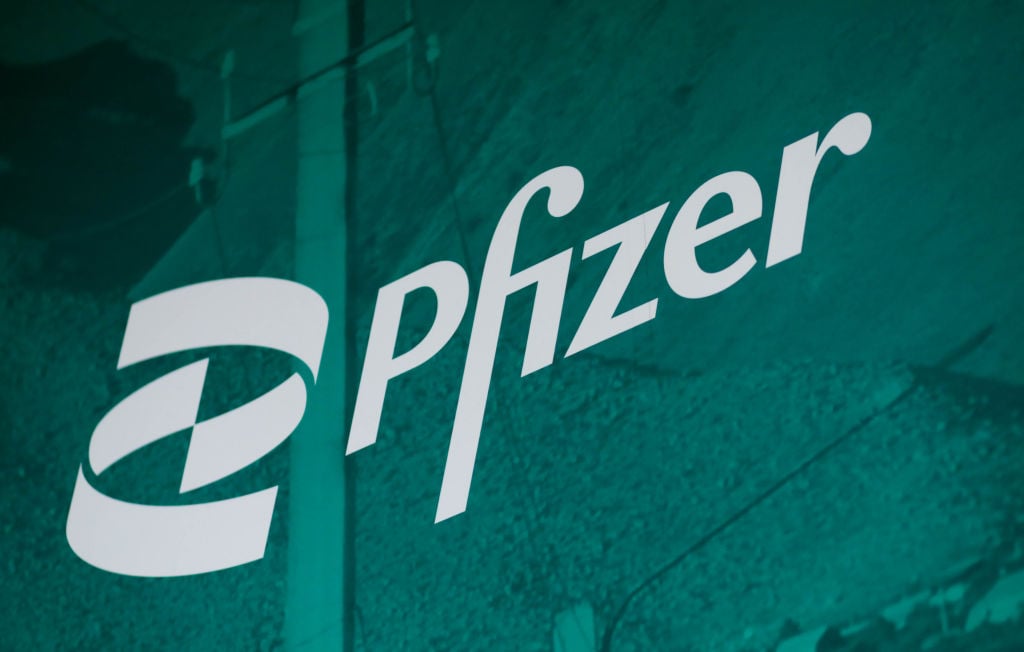Developmental biotech company Protalix Biotherapeutics (PLX +0.28%) recently closed a $69 million debt offering that will help it fund clinical trials, research and development, and expand manufacturing capacity. Investors weren't exactly thrilled with the news and sent shares down 14% in a little over one week. I understand the pessimism, especially given the bleak financial picture, but how far can this chunk of change take the company?
Financially speaking ...
Future potential often trumps current realities with emerging biotechs, but that doesn't get you off the hook for evaluating the balance sheet and income statement. Does the young company have enough cash on hand or coming into the business to make timely progress in its pipeline? Here are some important metrics from second quarter earnings:
|
Financial metric |
As of June 30, 2013 |
|---|---|
|
Cash and cash equivalents |
$33.1 million |
|
Book value |
($11.99 million) |
|
Revenue (quarter) |
$5.83 million |
|
Product revenue (quarter) |
$2.2 million |
Source: SEC filings.
After looking at the table above it becomes clear that the market is pricing a lot of potential for the platform and pipeline into Protalix's roughly $425 million market cap. Assuming a quarterly cash burn rate of $9 million investors can anticipate ending September with around $93 million in cash -- enough for at least two years of operations. That doesn't include revenue from the company's first approved product, Elelyso (taliglucerase alfa) for treatment of type 1 Gaucher disease, that was developed with partner Pfizer (PFE +0.63%). Protalix has rights in Israel and Brazil, while Pfizer owns marketing rights in all other markets. Won't that be enough to keep the company afloat?
Marketing outlook
A profit-sharing agreement allows Protalix to capture 40% of Pfizer's profits from sales of the drug. That amounted to just $0.8 million in the second quarter. While that should grow, consider that in the same period Protalix sold $1.4 million of its drug in Israel -- a much smaller market than the United States. Nonetheless, the Gaucher market now has three major enzyme replacement therapies competing for an estimated $4.5 billion prize in 2017.
|
Company |
Treatment |
Price per patient per year |
|---|---|---|
|
Genzyme/ Sanofi (SNY +0.32%) |
Cerezyme |
$200,000 |
|
Shire (NASDAQ: SHPG) |
Vpriv |
$170,000 |
|
Protalix/Pfizer |
Elelyso/Uplyso |
$150,000 |
Source: Company presentations.
In 2010 Genzyme ran into manufacturing issues that forced patients to ration available stockpiles of Cerezyme. The FDA allowed Shire and Protalix to give their respective products to patients for free before gaining approval. Whether or not that helped gain market share after approval is unknown, but undercutting one of the most expensive drugs in the world should certainly do the trick. Protalix has the obvious advantage in pricing over both Genzyme and Shire -- mostly thanks to its proprietary manufacturing process that slashes costs compared to traditional manufacturing.
Unfortunately, regulators don't dish out style points. Vpriv from Shire was granted orphan drug status in August 2010, which yields exclusive marketing rights through 2020 in Europe. Elelyso was denied marketing approval on the continent and had annual peak sales forecasts slashed from $900 million to just $200 million as a result.
The decision puts added pressure on pipeline programs, none of which has completed a phase 2 trial to date. So while investors don't like taking on almost $70 million in debt to fund operations, I have to applaud management for staring down a long development timeline and taking action now. Besides, there is a wild card that may help tremendously.
A silver lining?
In addition to the debt offering, Protalix and Pfizer entered into an agreement with Brazil's Ministry of Health worth up to $280 million. The companies will provide the knowledge for a novel manufacturing facility to be built in the country in return for guaranteed sales of $40 million of Uplyso in the first two years and the same amount in each year thereafter. Protalix will pay Pfizer up to $12.5 million per year out of its profits from the deal.
I don't see how expenses related to the deal can get too out of hand, so the company should be able to generate a substantial revenue stream beginning in 2016 -- about the time its current $93 million cash pile would run out. Throw in increased profit-sharing from Elelyso, ramped sales in Israel, and perhaps another strategic partner for a pipeline product candidate and Protalix may be financially independent in a few years. Funny how quickly panic can turn into optimism.








